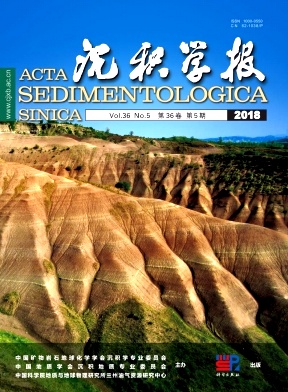Burial and Thermal History of Coal-bearing Strata in Shengli Coalfield, Erlian Basin
doi: 10.14027/j.issn.1000-0550.2018.064
- Received Date: 2017-07-17
- Rev Recd Date: 2017-09-30
- Publish Date: 2018-10-10
-
Key words:
- Erlian Basin /
- Shengli coalfield /
- bury /
- geotemperature /
- maturity /
Abstract: According to the stratigraphic lithologic data and thermal physical parameters, we use 50 sets of vitrinite reflectance data, 46 sets of mudstone sonic slowness data and geothermal data of 3 boreholes to reconstruct the burial history, thermal evolution history and hydrocarbon generation history of the Shengli coalfield since Late Cretaceous period. The result shows: 1) The burial characteristics of "the subsidence of the study area was accompanied by uplifting in the early stage and stopped in the late stage" are expressed in the Shengli coalfield. From Aershan period to early Duhongmu period, the study area entered the accelerated rapid subsidence progress, and the first stage of uplifting and erosion occurred at the end of this sedimentary period. The amount of denudation was about 410 m. From late Duhongmu period to Saihantala period, the study area once again entered the rapid subsidence progress, and then it was in the second stage of uplifting, and the denudation amount was about 580 m. Since late deposition of the Saihantala period, the study area was in a slow-ending subsidence period; 2) From Aershan period to early Duhongmu period, the geotemperature of the study area gradually increased. At the end of early Duhongmu period, the geotemperature reached a peak value of about 90 ℃, and then entered the first stage of uplifting, the temperature decreased rapidly. In the Saihantala period, the geotemperature increased rapidly and reached the peak of 120 ℃ at the end of the deposition, in abnormally high temperature state, and then entered the second stage of uplifting, the geotemperature decreased. After that it was in the stable stage in study area; 3)The maturity of source rocks was controlled by paleo geotemperature. The hydrocarbons source rocks of the Aershan Formation and the Tenggeer Formation were in a low to medium maturity stage and had a certain potential for hydrocarbons generation. The Duhongmu Formation and Saihantala Formation should be in immature stage and had almost no hydrocarbon generating potential.
| Citation: | YU Kun, QU ZhengHui, JU YiWen, XUE ZhiWen. Burial and Thermal History of Coal-bearing Strata in Shengli Coalfield, Erlian Basin[J]. Acta Sedimentologica Sinica, 2018, 36(5): 903-913. doi: 10.14027/j.issn.1000-0550.2018.064 |






 DownLoad:
DownLoad: